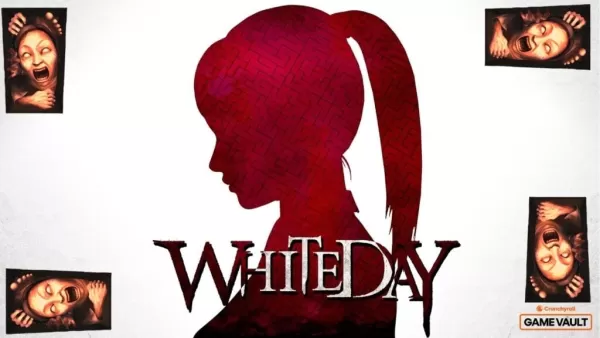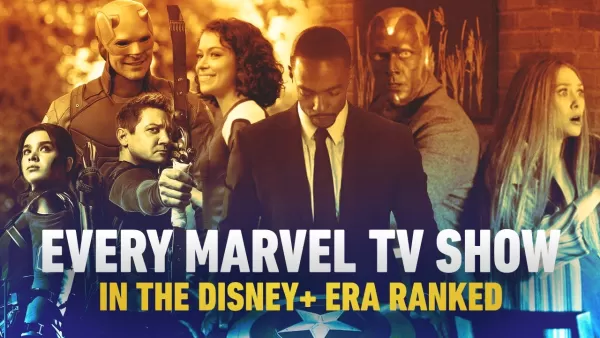The 1970s were a period of significant change for Marvel Comics. While many memorable characters and storylines debuted then (like "The Night Gwen Stacy Died" and Doctor Strange's encounter with God), the 1980s witnessed some of Marvel's greatest creators crafting landmark runs on its most popular titles. This era includes Frank Miller's Daredevil, John Byrne's Fantastic Four, David Michelinie's Iron Man, and the peak of Chris Claremont's X-Men, with Roger Stern's Amazing Spider-Man and Walt Simonson's Thor soon to follow. These creators significantly shaped the enduring legacy of these characters.
Considering Marvel's history, the 1980s might well be considered the company's true golden age. This is Part 7 of our exploration of essential Marvel comics.
More Essential Marvel
- 1961-1963 - The Birth of a Universe
- 1964-1965 - The Sentinels Are Born and Cap Dethaws
- 1966-1969 - How Galactus Changed Marvel Forever
- 1970-1973 - The Night Gwen Stacy Died
- 1974-1976 - The Punisher Begins His War on Crime
- 1977-1979 - Star Wars Saves Marvel From Bankruptcy
The Dark Phoenix Saga and Other Essential X-Men Stories
Chris Claremont's transformative X-Men run began in 1975, but its most impactful stories appeared in the early 1980s. The Dark Phoenix Saga (X-Men #129-137) is arguably the most famous X-Men story, showcasing Jean Grey's corruption by the Phoenix entity, transforming her into the Dark Phoenix and a formidable adversary. This cosmic saga, co-plotted and penciled by John Byrne, introduced Kitty Pryde (Shadowcat), Emma Frost, and Dazzler. Jean Grey's sacrifice, though ultimately temporary, remains a poignant moment. While film adaptations haven't fully captured its essence, the animated series X-Men: The Animated Series and Wolverine & the X-Men offered more faithful renditions.
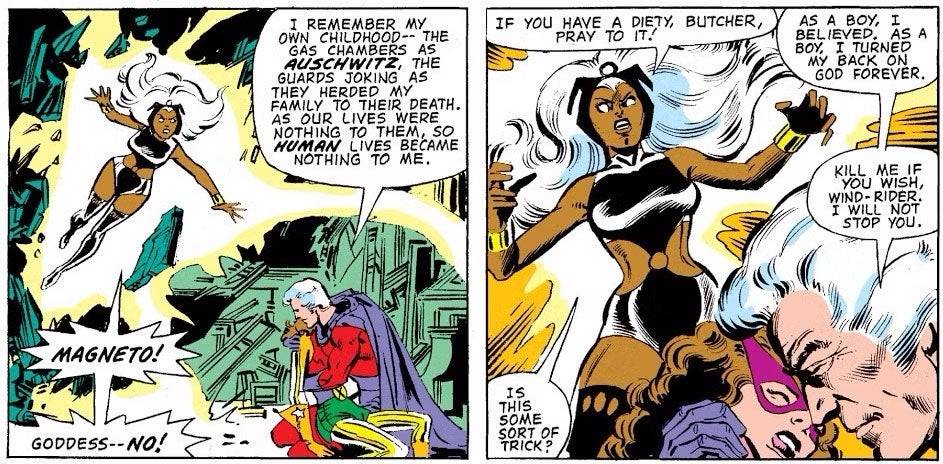
Shortly after, Days of Future Past (X-Men #141-142) followed, a story featuring the Sentinels (first introduced in 1965 by Stan Lee and Jack Kirby). Adult Kitty Pryde travels back in time to prevent an event that leads to a dystopian future ruled by Sentinels. This pivotal two-issue arc has been revisited by numerous creators, adapted into the 2014 film X-Men: Days of Future Past, and served as a basis for an arc in Wolverine & the X-Men.
X-Men #150 reveals Magneto's Holocaust survivor backstory, a defining moment that shaped his character's moral ambiguity.
The First Appearances of Rogue, She-Hulk, and the New Mutants
The 1980s also saw the introduction of major female characters, including Rogue, initially a villain in Avengers Annual #10. This issue depicts Rogue absorbing Carol Danvers' (Ms. Marvel) powers, significantly impacting both characters. It also features Carol's confrontation with the Avengers for their inaction regarding her prior trauma.
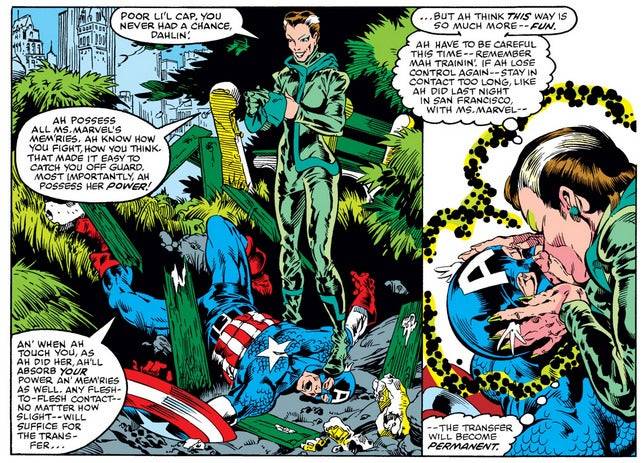
Savage She-Hulk #1 introduced Jennifer Walters (She-Hulk), the last character co-created by Stan Lee during his original Marvel tenure. While her initial solo series wasn't critically acclaimed, She-Hulk's character evolved significantly after joining the Avengers and Fantastic Four. Tatiana Maslany later portrayed her in the MCU series.
The New Mutants, a spin-off X-Men series, debuted in Marvel Graphic Novel #4 before getting their own title, introducing a new generation of teenage mutants. Their lineup (excluding Karma) was later adapted in the 2020 film New Mutants.
Iconic Storylines for Daredevil, Iron Man, and Captain America
Daredevil #168 marks the beginning of Frank Miller's defining run, introducing Elektra and a gritty reinvention of Daredevil's mythology. This two-year saga established Kingpin as a major nemesis, introduced Stick, featured Daredevil's first encounter with the Punisher, and culminated in the iconic death of Elektra (later resurrected). This run heavily influenced both the 2003 film and the 2015 Netflix series.
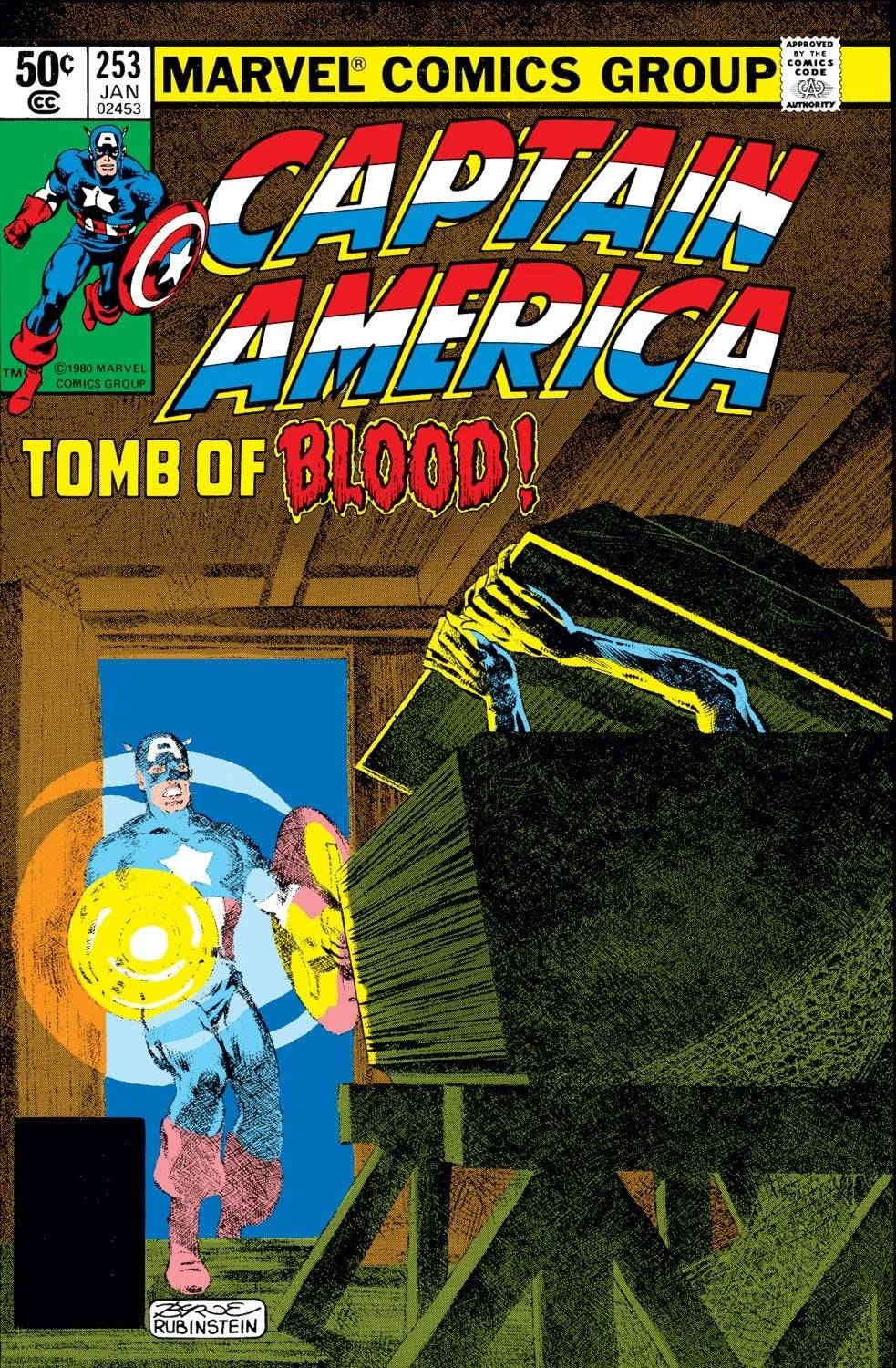
David Michelinie and Bob Layton's Iron Man run concluded with Doomquest (#149-150), Iron Man's first solo battle with Doctor Doom, transporting them to Arthurian times. This arc solidified Doctor Doom's position as a key Iron Man antagonist.
Captain America's confrontation with Baron Blood in Captain America #253-254, from Roger Stern and John Byrne, is a darker tale than typical for the character, featuring stellar artwork and a powerful conclusion.
Moon Knight's Rise and the Creation of G.I. Joe Mythology
Moon Knight #1, while not his first appearance, solidified Moon Knight as a heroic figure, developing his backstory and introducing his alternate personalities.
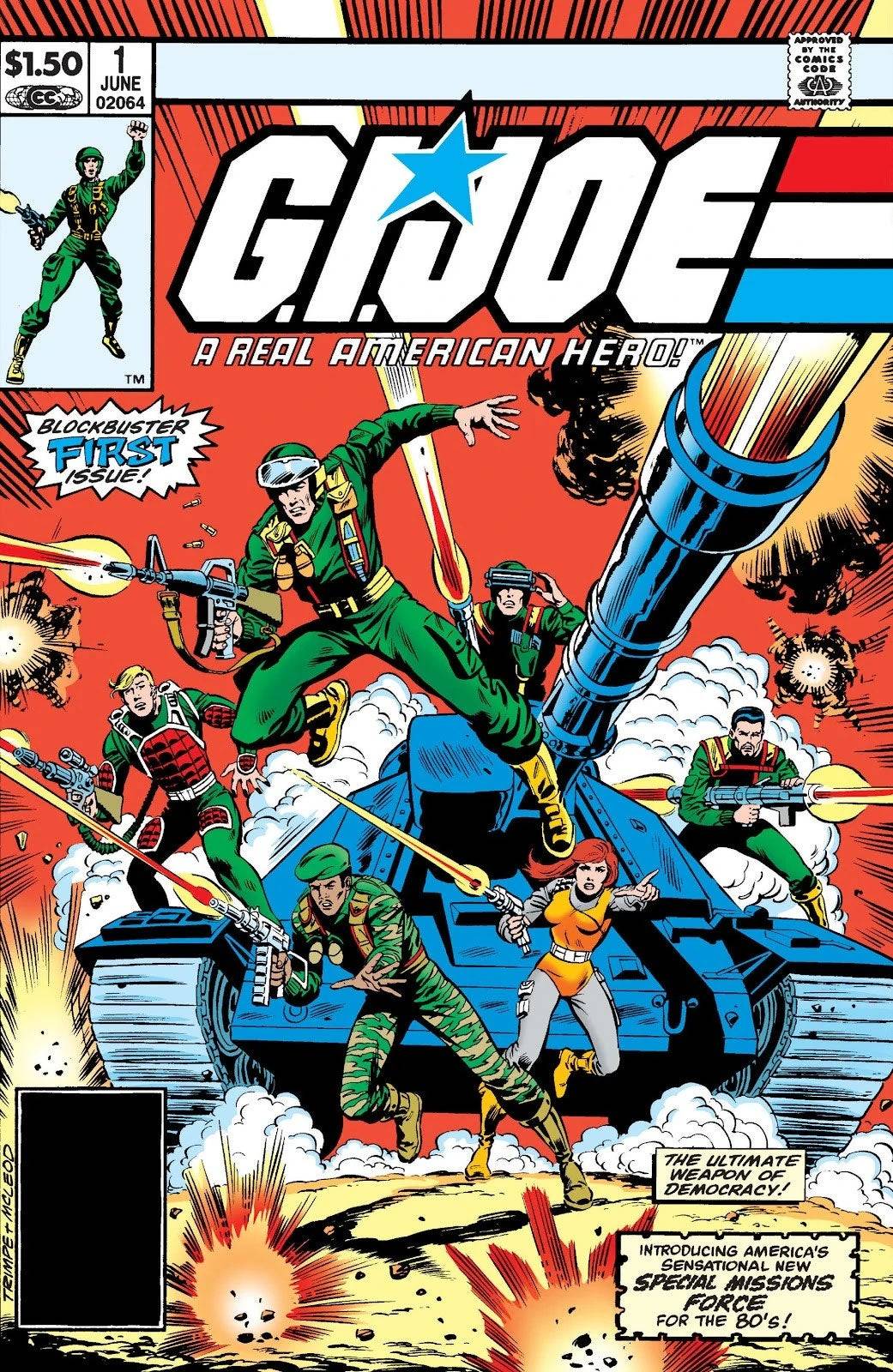
Although Marvel didn't own the G.I. Joe franchise, G.I. Joe #1, a tie-in comic to the toy line, established many iconic characters, thanks to Marvel editor Archie Goodwin's concept for Cobra and Larry Hama's character development. Hama's work made G.I. Joe a hugely popular title, particularly with female readers due to the equitable portrayal of female characters.

